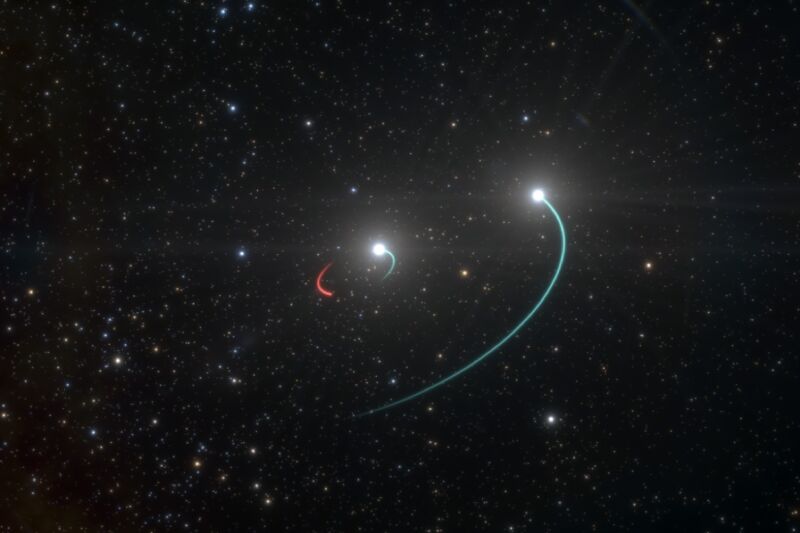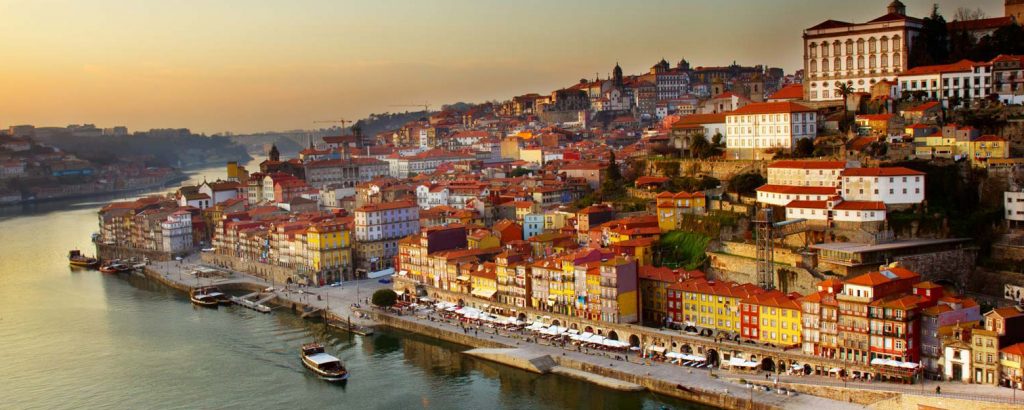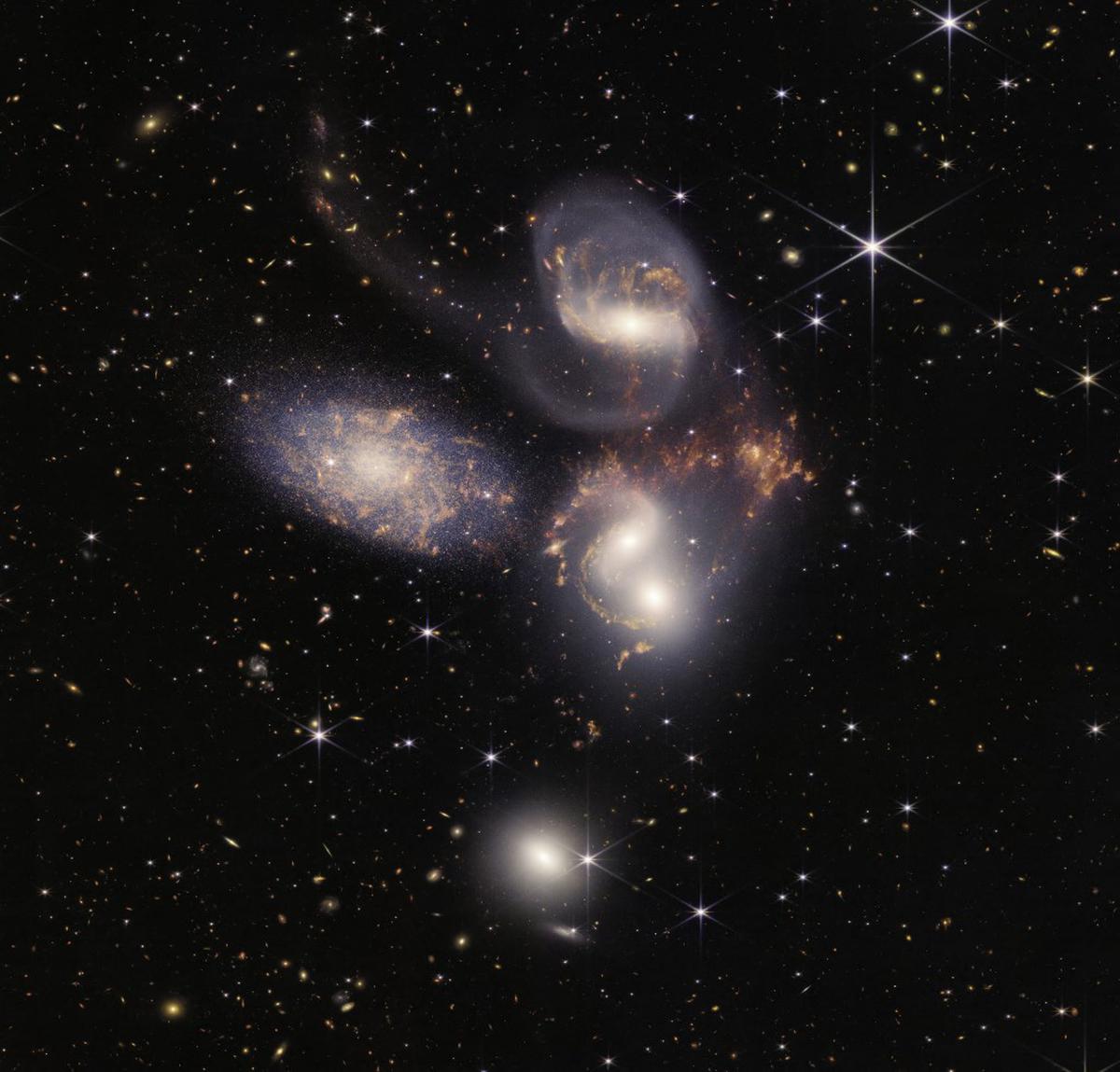
The James Webb Space Telescope, launched on June, is one of the biggest achievements in astronomy since Hubble. Its new capabilities will improve on its predecessor by allowing it to detect the light emitted by distant galaxies and to analyze their darmowe porno properties. The telescope is made up of a mirror array made of silicon and Kapton foil, which shades it from the sun and the reflected heat of Earth and moon. As distant galaxies are viewed through the telescope, light will concentrate on the main mirror and focus on the secondary mirror. The concentrated light then streams to the instrument module, which consists of eighteen hexagonal gold-covered beryllium mirrors. The telescope will be able to see ancient light emitted about thirteen billion years ago when the embryonic universe was still learning
High infrared sensitivity
The telescope is being constructed in Greenbelt, Maryland, and features low-rise white buildings, mild hills, and large parking lots. The telescope’s components were assembled here. Some components are being made in Canada, Europe, and elsewhere. The telescope’s primary mirror is beryllium.
Astronomers are already using Hubble to observe other planets, and the Webb telescope will be able to detect the gasses produced by these bodies. By observing these planets, astronomers may be able to describe their atmospheres, and look for free oxygen and other gasses. These gases could be signs of life. NASA is expecting to receive results from several different missions using the James Webb Space Telescope.
The telescope will be more powerful than Hubble.
Its curved mirror will be 100 times bigger than Hubble’s, which will allow it to see more distant objects. The Webb’s cameras will also allow researchers to time-travel, allowing them to study the earliest galaxies after the Big Bang. This is a significant step forward for the human race and for the scientific community.
The launch date of the telescope is set for December 25, 2021 at 07:20am EST, on a European Ariane 5 rocket. Its expected lifetime is about five and a half years, but it could be as long as ten years. The telescope’s mission life depends on how much fuel it needs to maintain its orbit, as well as the possibility that its components will degrade over time.
Hubble was launched in 1990, and it is still going strong, but the Webb is destined to surpass it in several ways. It will allow astronomers to look farther into space and time and will be able to search for the first stars in the universe. Enabling scientists to search for signs of life on exoplanets. An incredible machine for answering unanswered questions about the universe and will expand the boundaries of human space exploration.
Spectacular resolution
The Webb telescope is due to launch in 2021 and will be located about 1.5 million kilometers from Earth. This distance is known as the second Lagrange point, which was discovered by Josephy-Louis Lagrange in the late 1700s. Because Webb is located so far away from infrared sources, it won’t need a telescope tube. Instead, it will use a thin film of aluminum to prevent the telescope from getting too hot or too cold.
Researchers will use a range of instruments on the JWST to study these faraway worlds. The instruments will have distinct measurements, and the team will compare those measurements with Hubble observations. The team is preparing to look for the signatures of gases in the atmospheres of the planets. This is a crucial step in the quest to discover life beyond Earth. The JWST will also be used to study extreme systems like the planet HD 80606b, which has an orbit similar to a comet.
A two piece show
The JWST is set to launch in October 2021, and will complement the Hentai Space Telescope, which has been in continuous use since 1990. The telescope’s advanced technology will enable scientists to study both far-off galaxies and closer targets like Jupiter and Mars. Its state-of-the-art photon detectors and wider wavelengths will allow researchers to see objects that are 13 billion light-years away. The telescope will also make it possible to observe objects that were created a few hundred million years before the Big Bang, which took place.
The telescope’s curved mirror will be 100 times larger than Hubble’s, allowing it to produce detailed images. The telescope’s design features a three-mirror anastigmat, with a curved tertiary mirror. The secondary mirror is 0.74 m in diameter and can be adjusted many times per second. The telescope uses three different variations of prescription for the mirrors.
The cameras on the new telescope will allow us to look into the past, as well as the universe in general. By using the cameras to look back in time, the Webb will enable researchers to observe the solar system and even other galaxies in our galaxy and beyond. They will also be able to study other planets in our solar system. With these discoveries, we will have a better understanding of the universe as we know it.
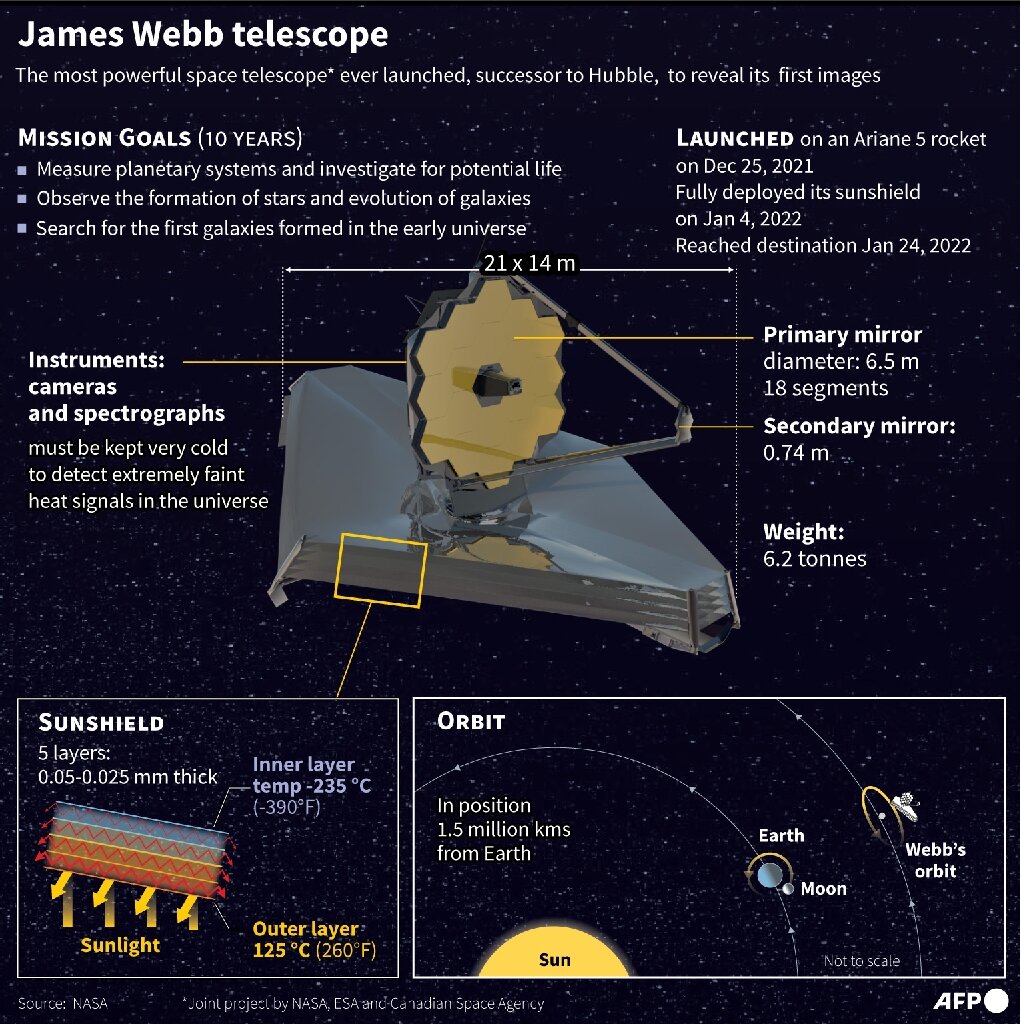
Asteroids and comets
If the mission is successful, NASA’s James Webb Space Telescope (JWST) will completely change the way we view our solar system. The telescope will be located in orbit around the sun near L2, or Lagrange point two, about one million miles from Earth. That distance is far beyond the capability of current telescopes and would be very expensive and risky for astronauts to traverse.
Hubble’s primary function was to observe distant galaxies, but the Webb telescope is much more powerful. Its curved mirror will allow scientists to better observe faraway objects. Researchers will also be able to study the atmospheres of other distant planets with the Webb. A few of the astronomers hope to find molecules of extraterrestrial life on distant planets.
The JWST will improve upon the work of the Hubble telescope in a number of ways. First, the observatory will cover longer wavelengths of light than Hubble did. This means it will be able to peer inside the dust clouds where stars and planetary systems form today. By observing these dust clouds, the telescope will be able to reveal more about the evolution of our solar system.
NASA’s James Webb Space Telescope is set to launch in October 2021. The mission’s purpose is to complement the Hubble Space Telescope, which has been in constant use since 1990. The telescope will be capable of studying everything from distant galaxies and stars to much closer targets such as Jupiter and Mars. Its mission is to operate the telescope in cooperation with the Space Telescope Science Institute.
Hubble’s deep field
This stunning image of the Ursa Major constellation was created with the help of the Hubble XXX Space Telescope. It’s the result of a series of observations of the constellation. The image is called the Hubble Deep Field. The Hubble Space Telescope collects a series of images, known as frames, from which it constructs images. Its impressive clarity makes it a popular image for educational purposes. The image is an excellent example of how the Hubble Space Telescope can help us understand the universe.
This image is a compilation of 342 different exposures taken by Hubble between December 18 and 28, 1995. It revealed the presence of numerous ancient galaxies that existed 13 billion years ago. A follow-up image of the Hubble Deep Field was released in the early 2000s, which confirmed the results of the first Hubble imaging. This image has already been compared with images from the Hubble Ultra-Deep Field.
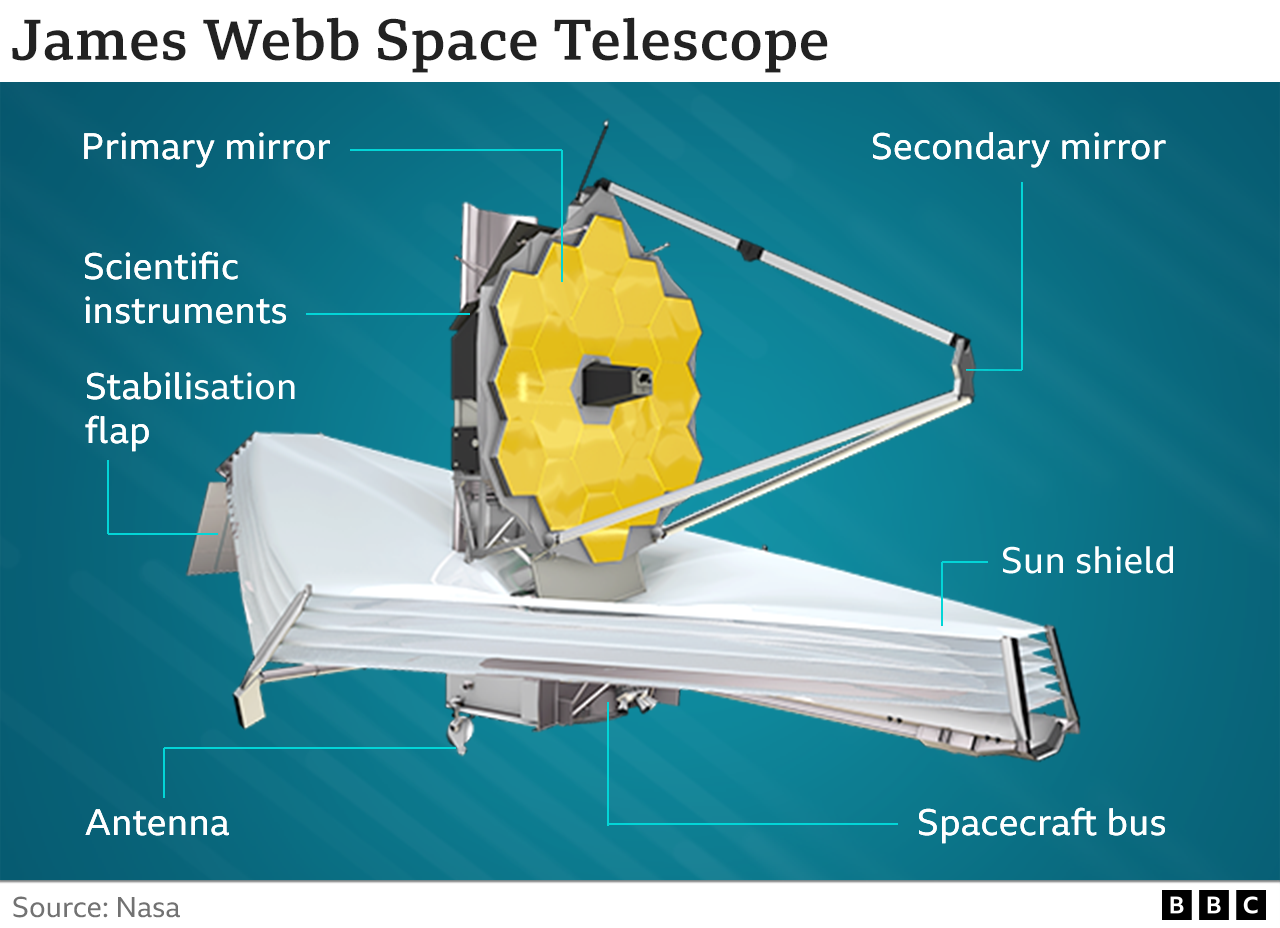
The Deep Field image was created using data from two instruments on the Hubble space telescope.
The Hubble Advanced Camera for Surveys and the Near Infrared Camera and Multi-Object Spectrometer are sensitive enough to detect redshifted light. These images can reveal objects that are beyond Hubble’s visibility. This image can also be used to explore the early stages of the universe’s evolution. For instance, this image shows a cluster of galaxies near Earth.
The Hubble Ultra Deep Field represents the deepest visible portrait of the universe. The images reveal the earliest galaxies, which emerged from the “dark ages” of the universe shortly after the big bang. These images are also valuable for understanding our own galaxy, the Milky Way. So, what’s Hubble’s Deep Field really mean? Let’s take a closer look. There is an immense number of galaxies and galaxy clusters out there, and you’ll never know how close any is to another.
A deep field image can be quite challenging. You need to make sure that the area you’re observing does not contain bright sources of visible light. This includes galaxies located in the farthest part of the Milky Way. This means that you need to find an empty piece of sky that’s far from the Milky Way plane. Then, take a snapshot of that area using Hubble’s Deep Field images.
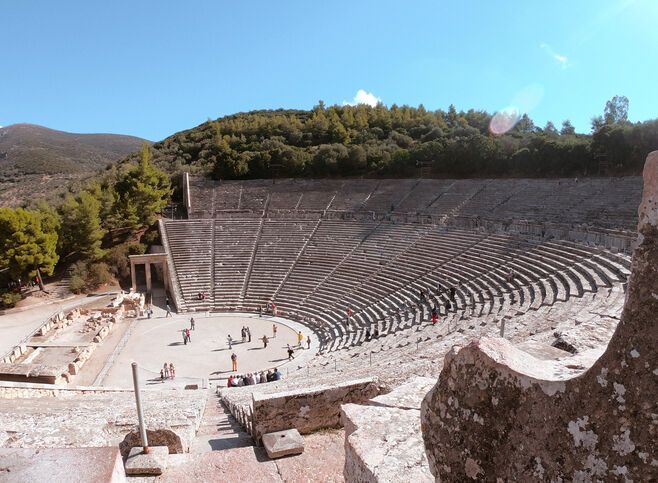
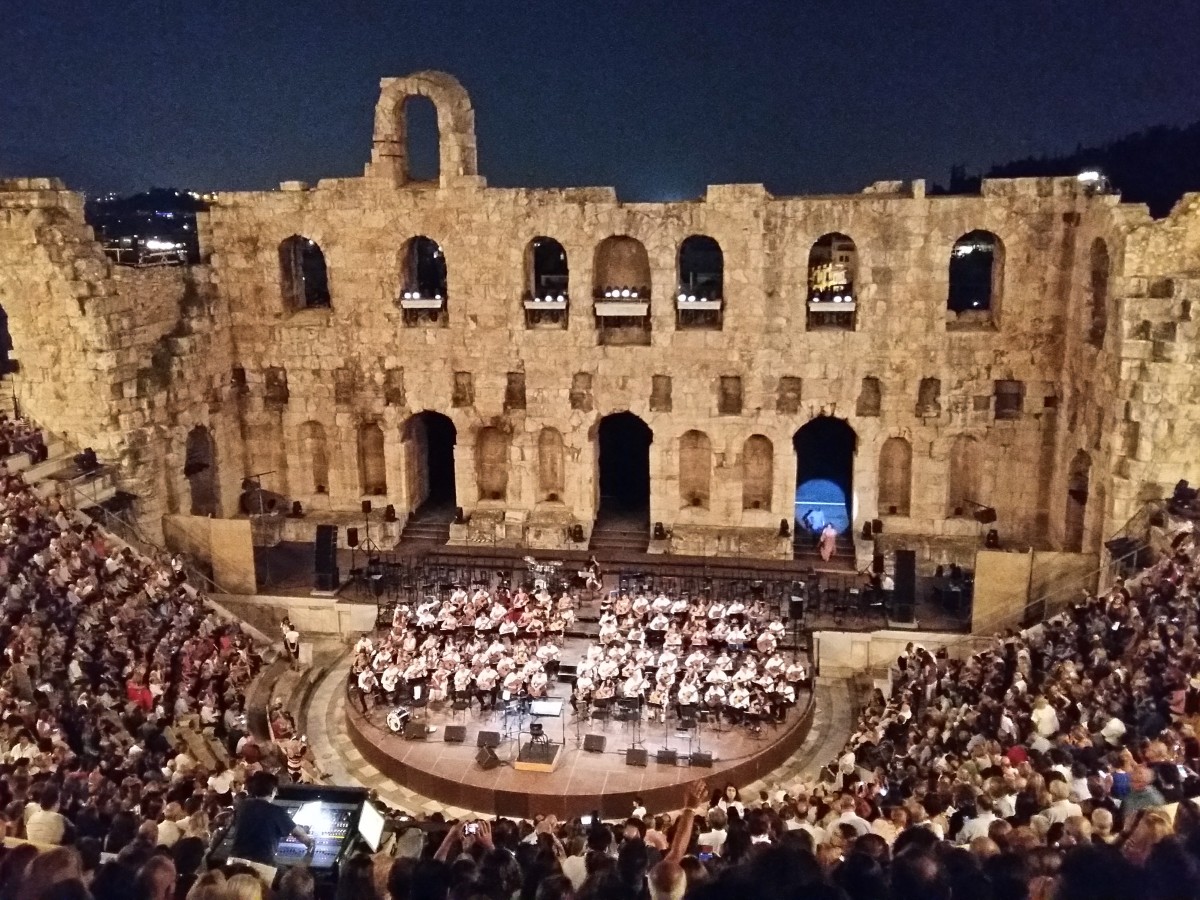

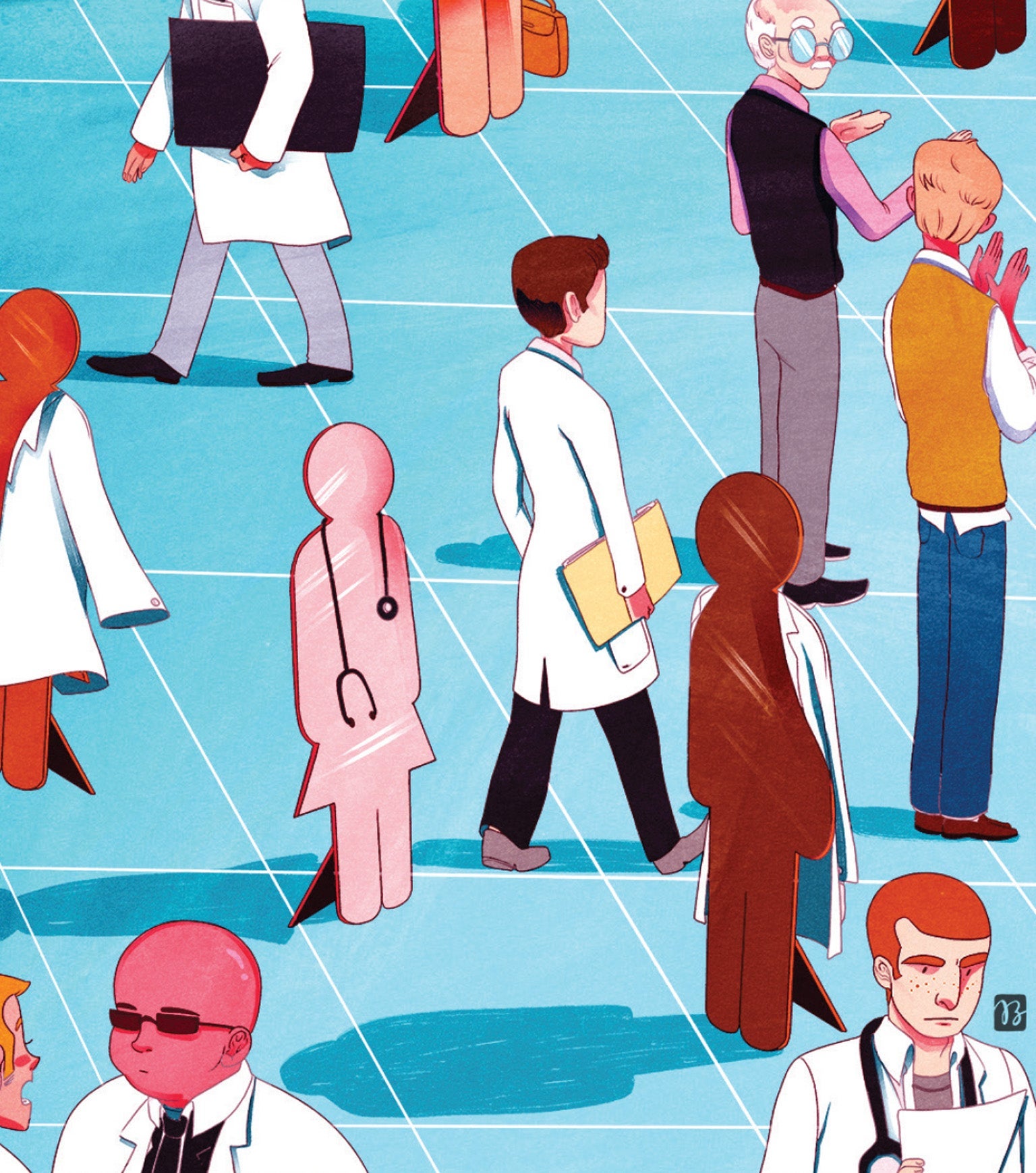 Stereotypes stills prevail
Stereotypes stills prevail